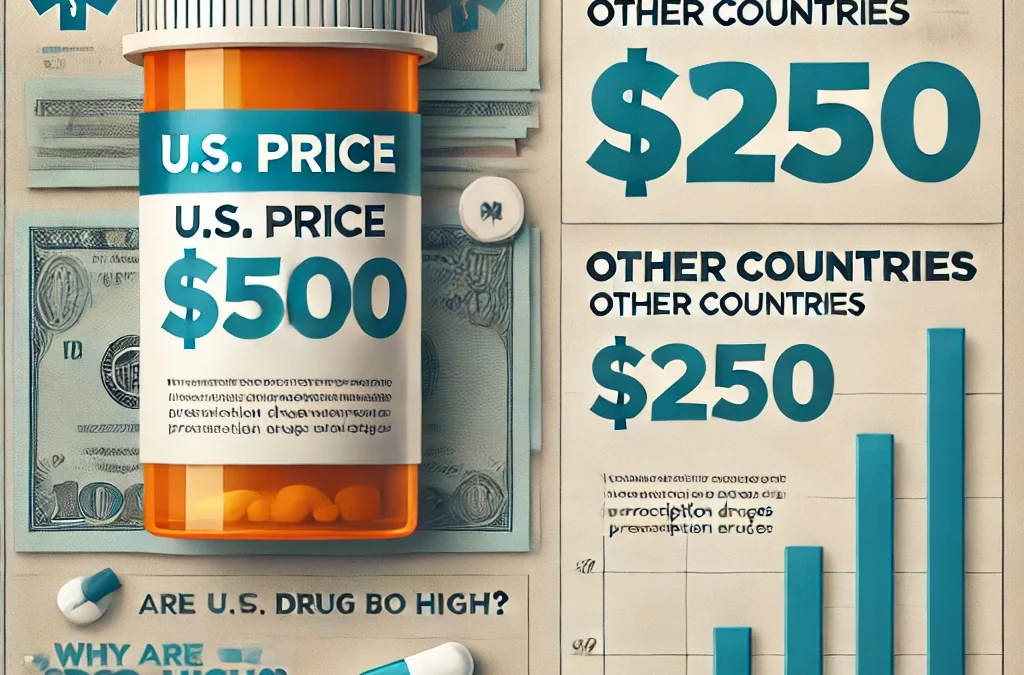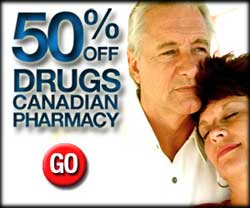Why Are Drug Prices So Expensive in the U.S.?
The high cost of prescription drugs in the United States is a result of multiple systemic, regulatory, and market factors. Unlike most other developed countries, the U.S. lacks centralized mechanisms to control drug prices, allowing pharmaceutical companies to set and maintain prices at levels that are often unaffordable for many consumers. Below are the key reasons behind the exorbitant drug prices in the U.S.:
1. Lack of Government Price Regulation
The U.S. government does not regulate or negotiate drug prices at the federal level. This is in stark contrast to other countries, where government agencies directly negotiate with pharmaceutical companies to set fair prices for medications.
- Medicare and Medicaid Restrictions: Programs like Medicare, which cover millions of Americans, are prohibited by law from negotiating drug prices directly with manufacturers. This limits the government’s ability to secure lower prices for beneficiaries.
- Pharmaceutical Pricing Freedom: Pharmaceutical companies have significant control over the pricing of their products, allowing them to charge whatever the market will bear.
2. Monopoly Power and Patent Laws
Pharmaceutical companies often enjoy extended periods of monopoly power, allowing them to keep prices high.
- Patent Protections: Drug manufacturers are granted patents that prevent competitors from producing generic versions for up to 20 years. During this period, the company can set high prices with little competition.
- Evergreening: Companies use tactics like slightly modifying the drug (e.g., changing dosage forms or delivery methods) to extend patent protections, delaying the entry of cheaper generics.
- Orphan Drugs: Medications developed for rare conditions often receive additional incentives, like extended exclusivity, which further delays competition.
3. Delayed Entry of Generics
Generic drugs, which are more affordable alternatives to brand-name medications, often face delays in entering the U.S. market.
- Pay-for-Delay Agreements: Brand-name drug companies sometimes pay generic manufacturers to delay the release of their lower-cost versions. This tactic, while controversial, is still legal in many cases.
- Regulatory Challenges: The U.S. Food and Drug Administration (FDA) approval process for generics can be lengthy, further delaying availability.
4. High Research and Development (R&D) Costs
Pharmaceutical companies often cite the high cost of R&D as a justification for expensive drug prices.
- Drug Development Expenses: It is estimated that bringing a new drug to market costs approximately $1-2 billion, including the cost of clinical trials and failed research projects.
- Marketing and Advertising: A significant portion of a drug company’s budget is spent on marketing and direct-to-consumer advertising, especially in the U.S., which adds to the overall cost of medications.
5. Direct-to-Consumer Advertising
The U.S. is one of only two countries (the other being New Zealand) that allows direct-to-consumer advertising for prescription drugs. Pharmaceutical companies spend billions on advertisements targeting patients and doctors, driving demand for brand-name drugs over cheaper generics.
- Impact on Prescribing Practices: Advertising encourages patients to request specific brand-name medications, even when more affordable alternatives are available.
6. Complex Supply Chain and Middlemen
The U.S. pharmaceutical supply chain is complex and involves multiple intermediaries, each of whom adds costs to the final price of the medication.
- Pharmacy Benefit Managers (PBMs): PBMs negotiate drug prices on behalf of insurance companies but often retain a portion of the discounts and rebates instead of passing them on to consumers.
- Wholesalers and Retailers: Markups by wholesalers, pharmacies, and other entities in the supply chain further inflate drug prices.
7. Market-Driven Pricing
Unlike in regulated markets, U.S. drug prices are determined by what the market can bear rather than the cost of production or public health needs.
- Price Increases: Pharmaceutical companies frequently raise prices on existing medications, even without improvements to the drug. For example, the cost of insulin has tripled in the past decade despite no significant changes in its formulation.
8. Lack of Price Transparency
Many Americans are unaware of the true cost of their medications due to the opaque nature of drug pricing.
- Insurance Coverage Confusion: Copays and out-of-pocket costs vary widely depending on insurance plans, making it difficult for consumers to compare prices.
- Hidden Discounts: Pharmaceutical companies negotiate discounts with PBMs and insurers, but these savings are rarely passed on to patients.
9. High Administrative Costs in U.S. Healthcare
The U.S. healthcare system has some of the highest administrative costs in the world, which contribute to higher overall healthcare expenses, including prescription drugs.
- Fragmented System: The lack of a single-payer or centralized system leads to inefficiencies and higher costs throughout the industry.
10. Demand for Specialty Drugs
Specialty drugs, such as biologics and treatments for rare conditions, represent a growing portion of drug spending.
- High Prices for Innovation: These drugs are often priced exorbitantly due to their complexity and limited patient base.
- Lack of Competition: Biologics, which are large-molecule drugs, face less competition from biosimilars (generic versions of biologics) in the U.S. compared to other countries.
Conclusion
The high cost of prescription drugs in the U.S. is driven by a combination of regulatory, market, and systemic factors, including the lack of government price controls, extended patent protections, delayed generic competition, and a profit-driven healthcare system. While there are efforts to address these issues, such as initiatives to lower insulin prices or promote the use of generics, significant reform is needed to make medications more affordable for all Americans.
For those struggling with high drug costs, alternative solutions like purchasing from licensed Canadian pharmacies or exploring manufacturer assistance programs can provide much-needed financial relief.



